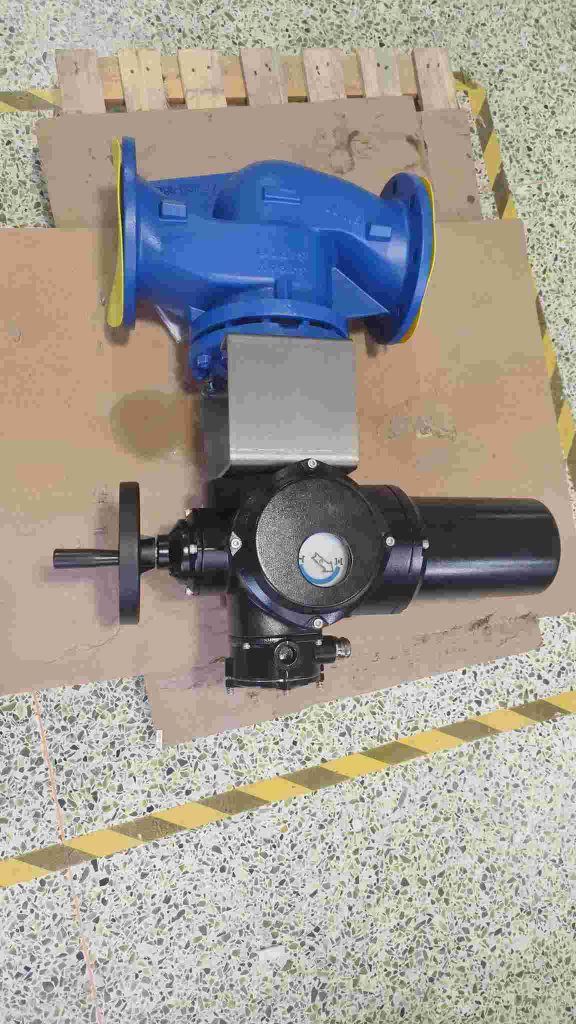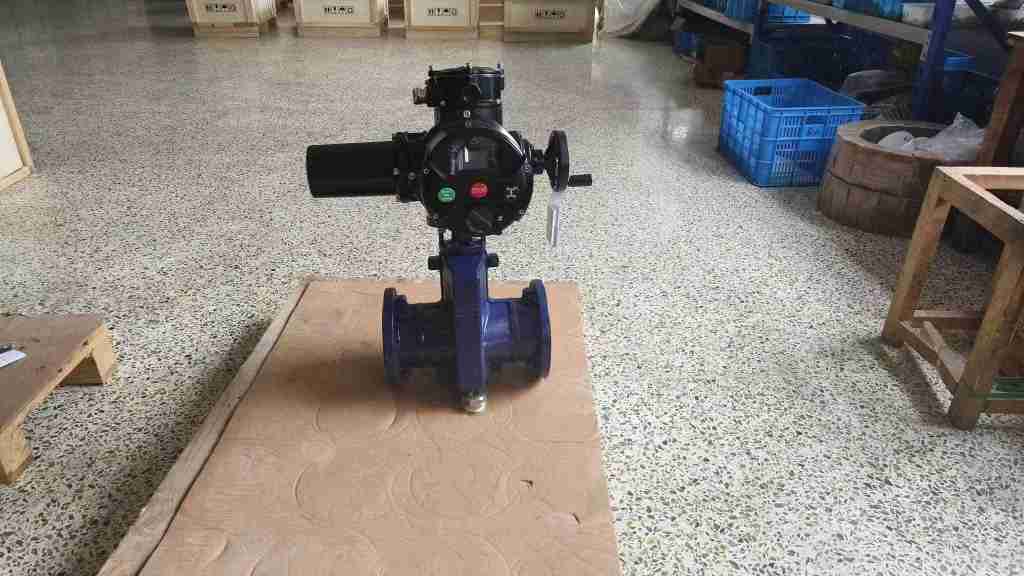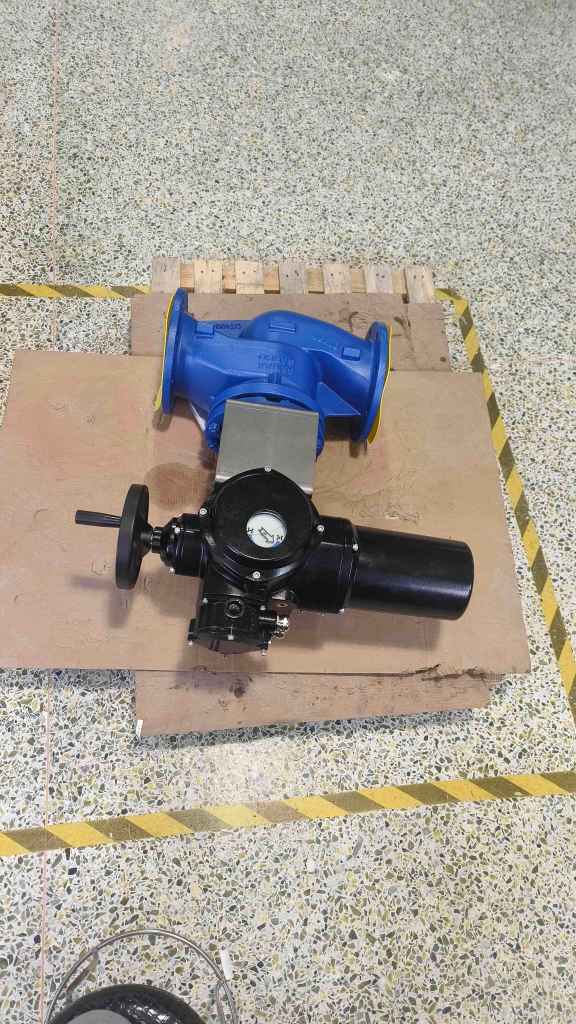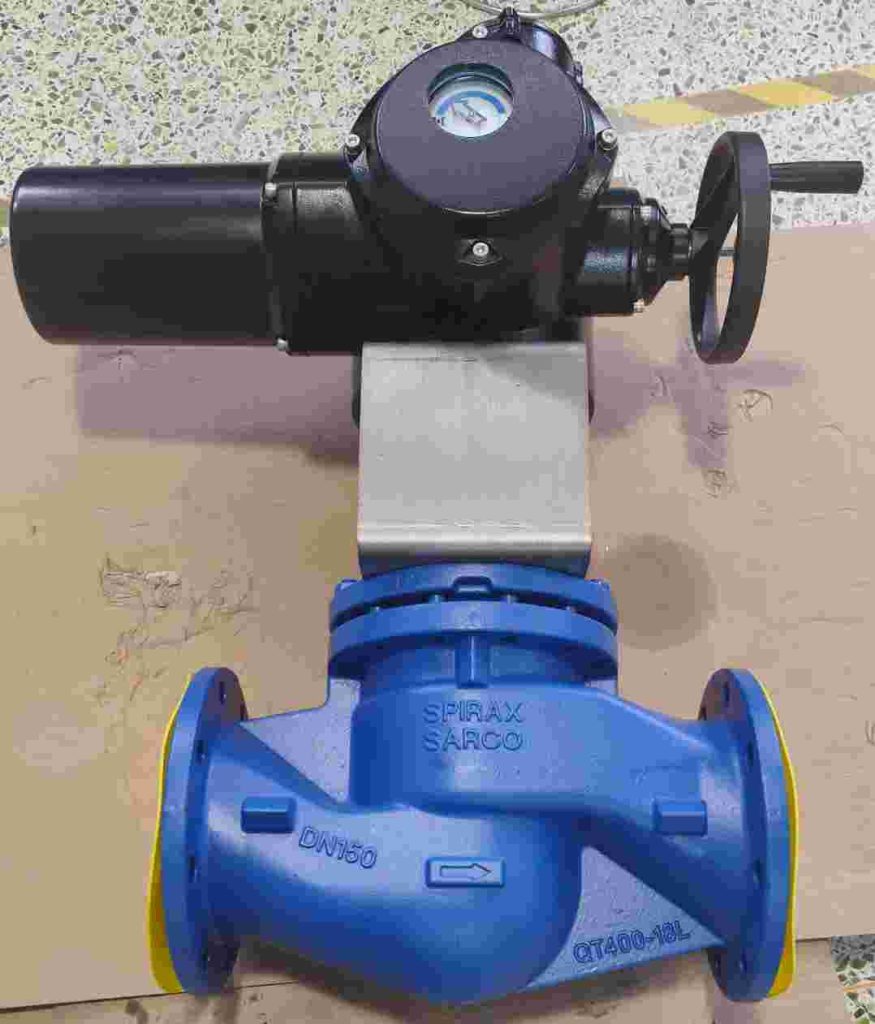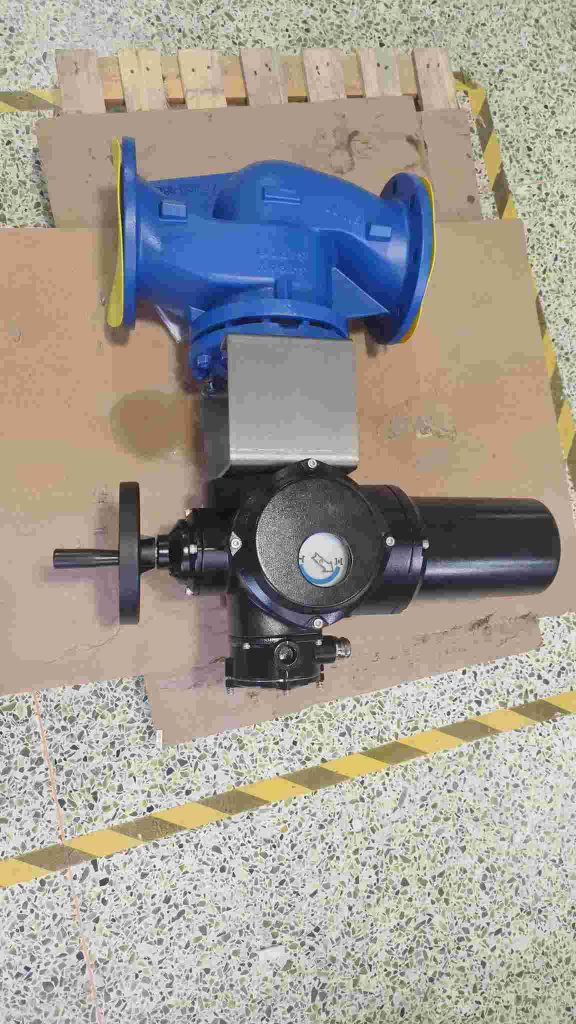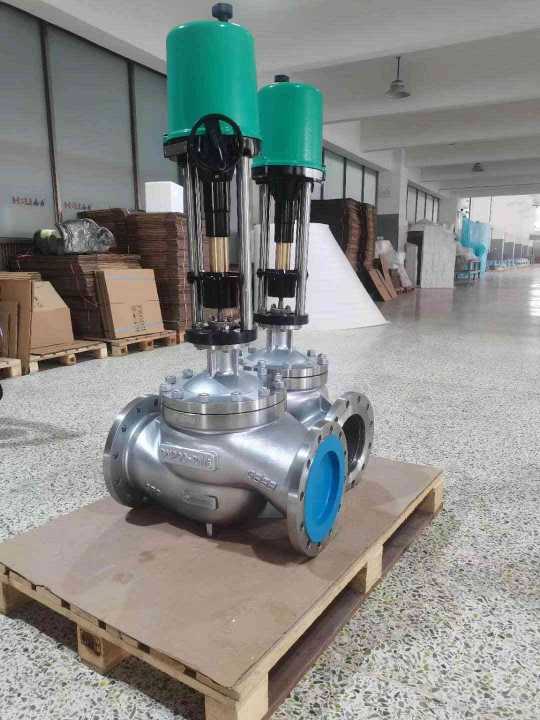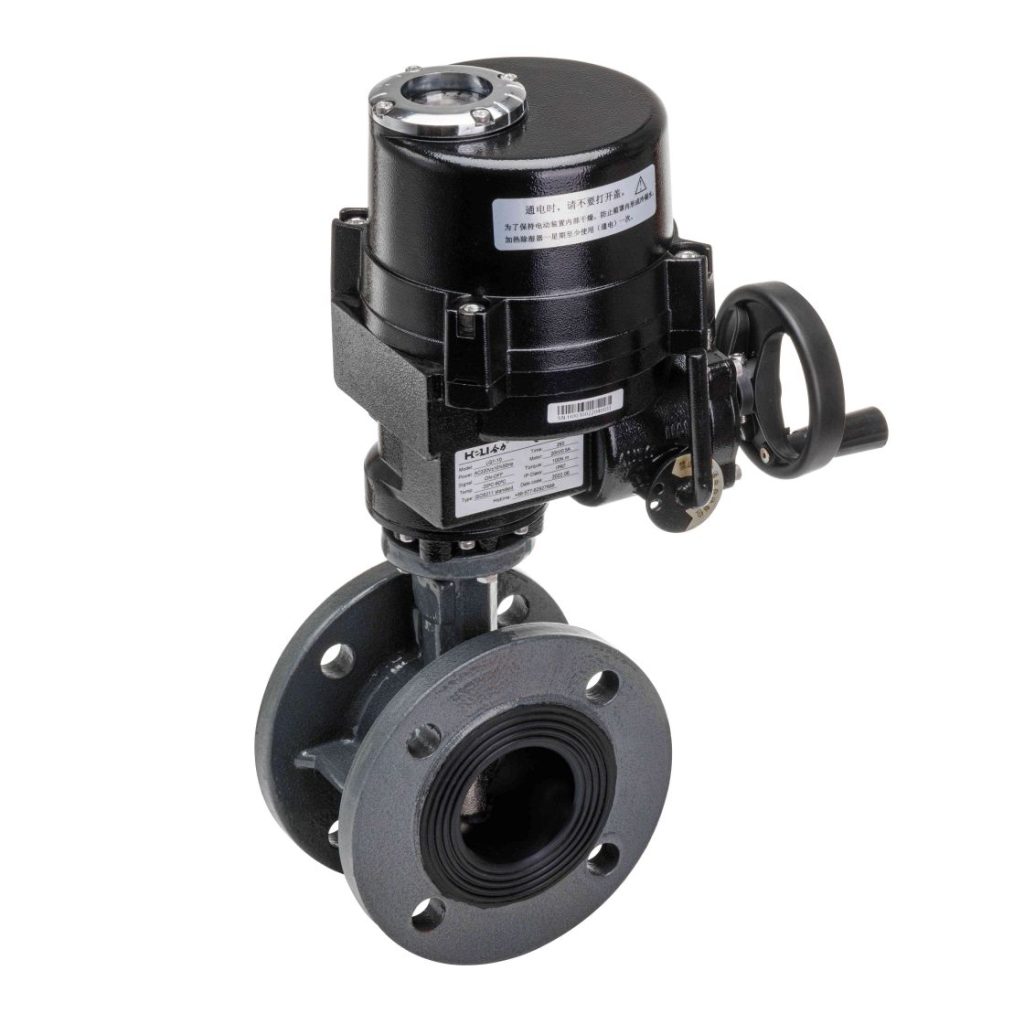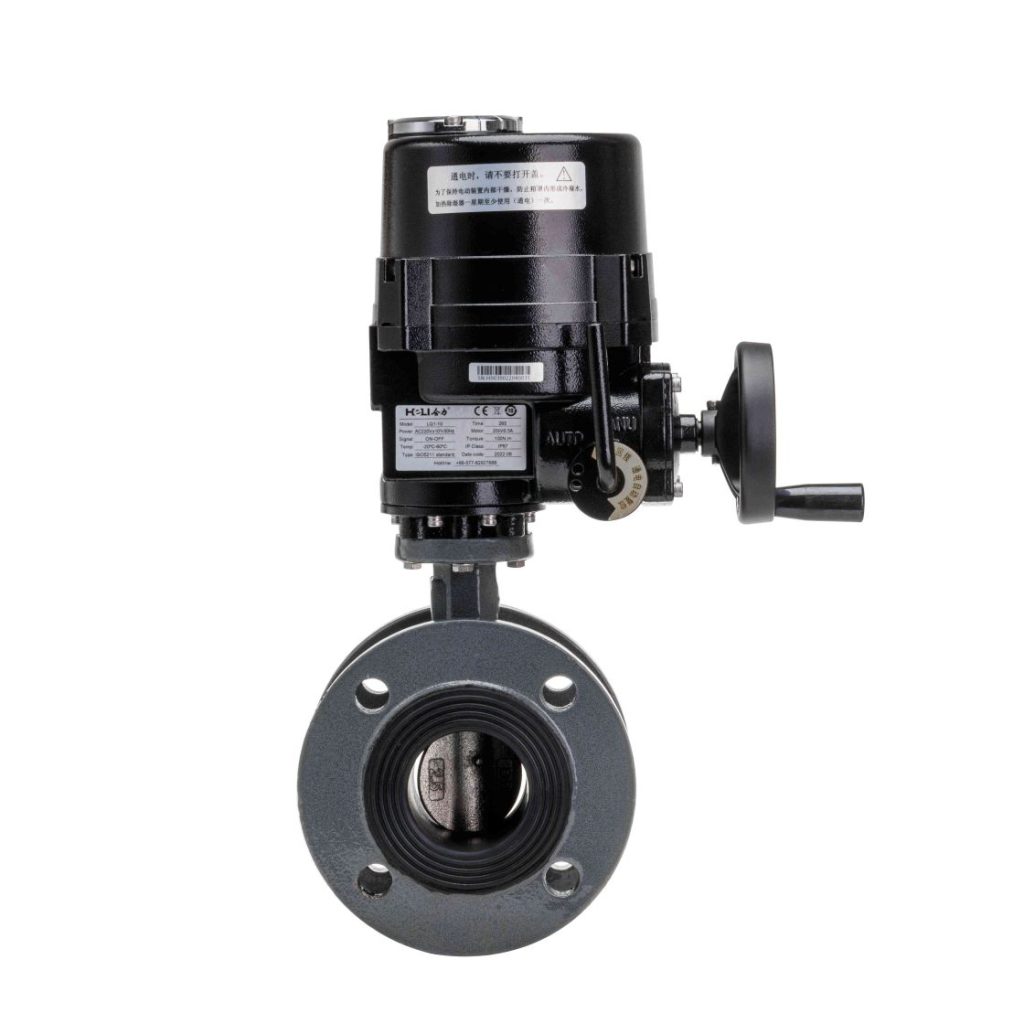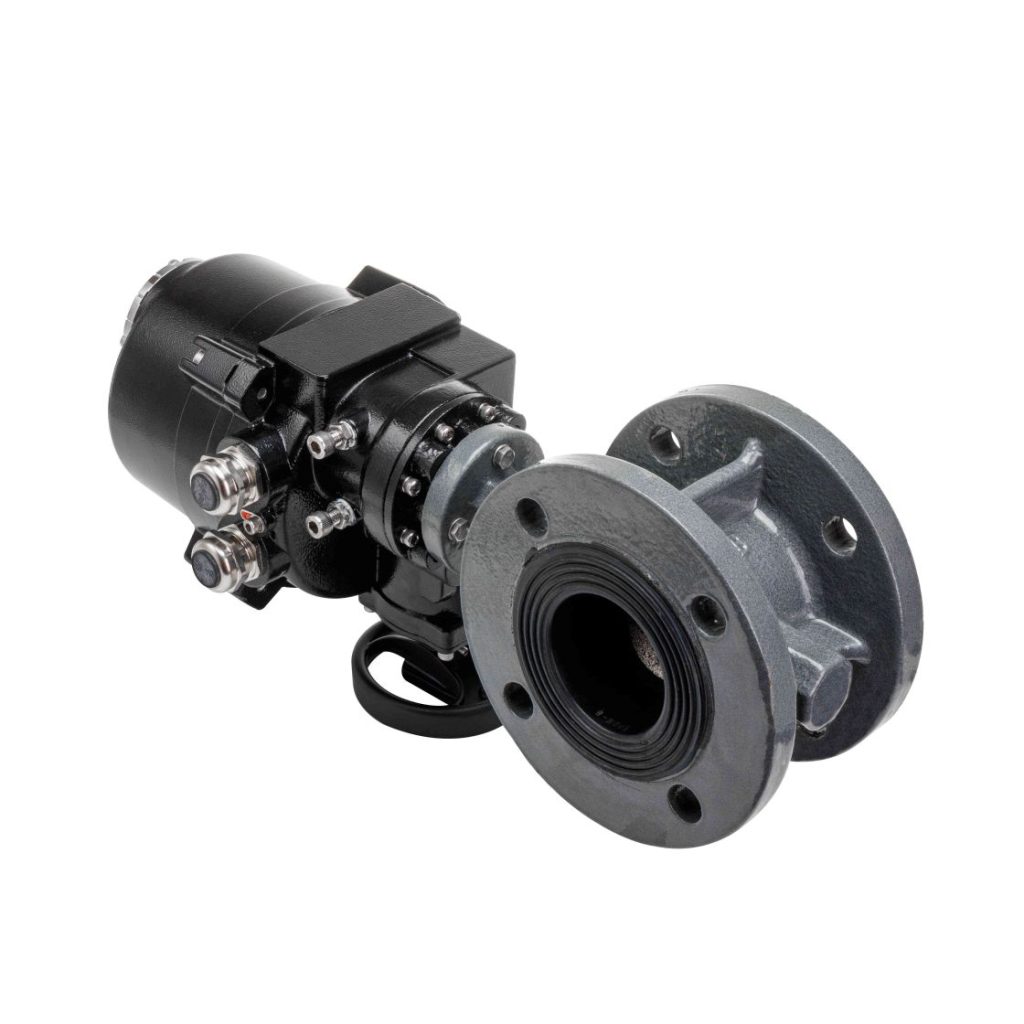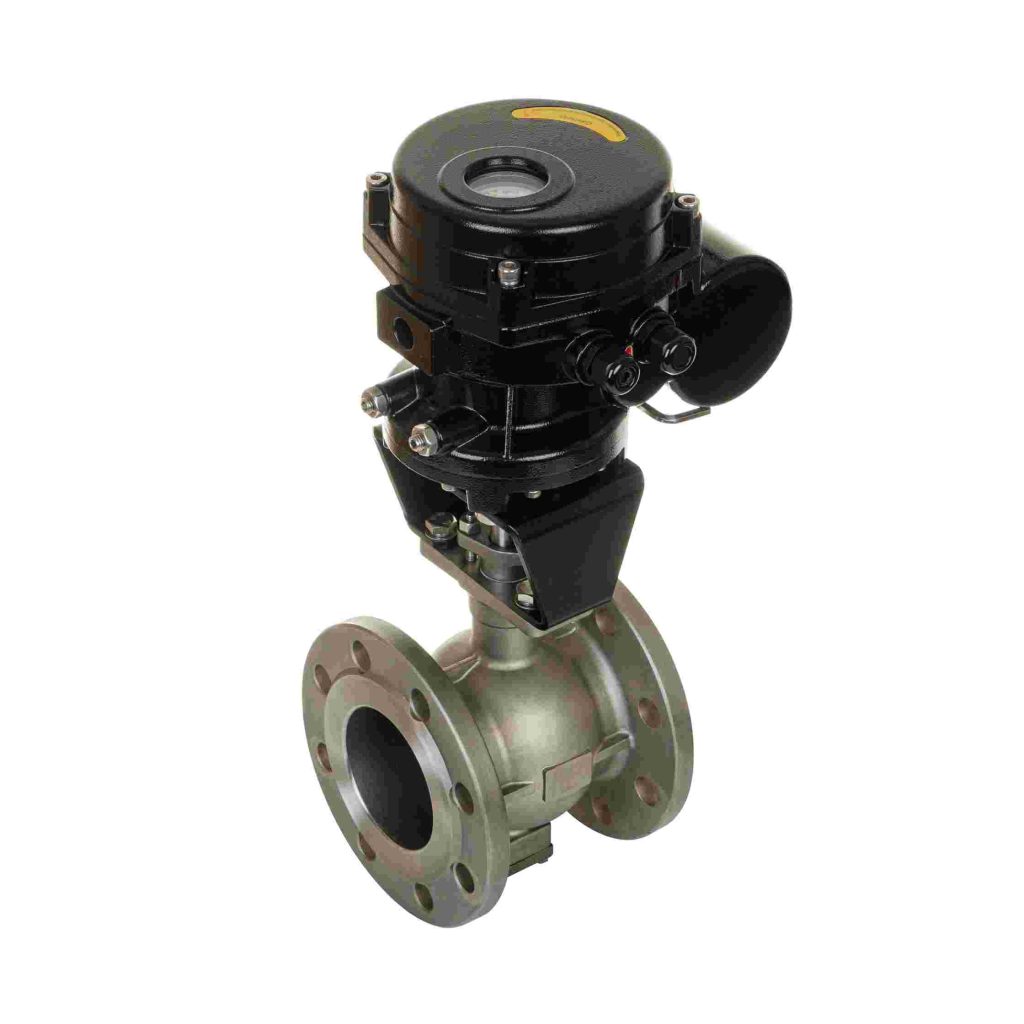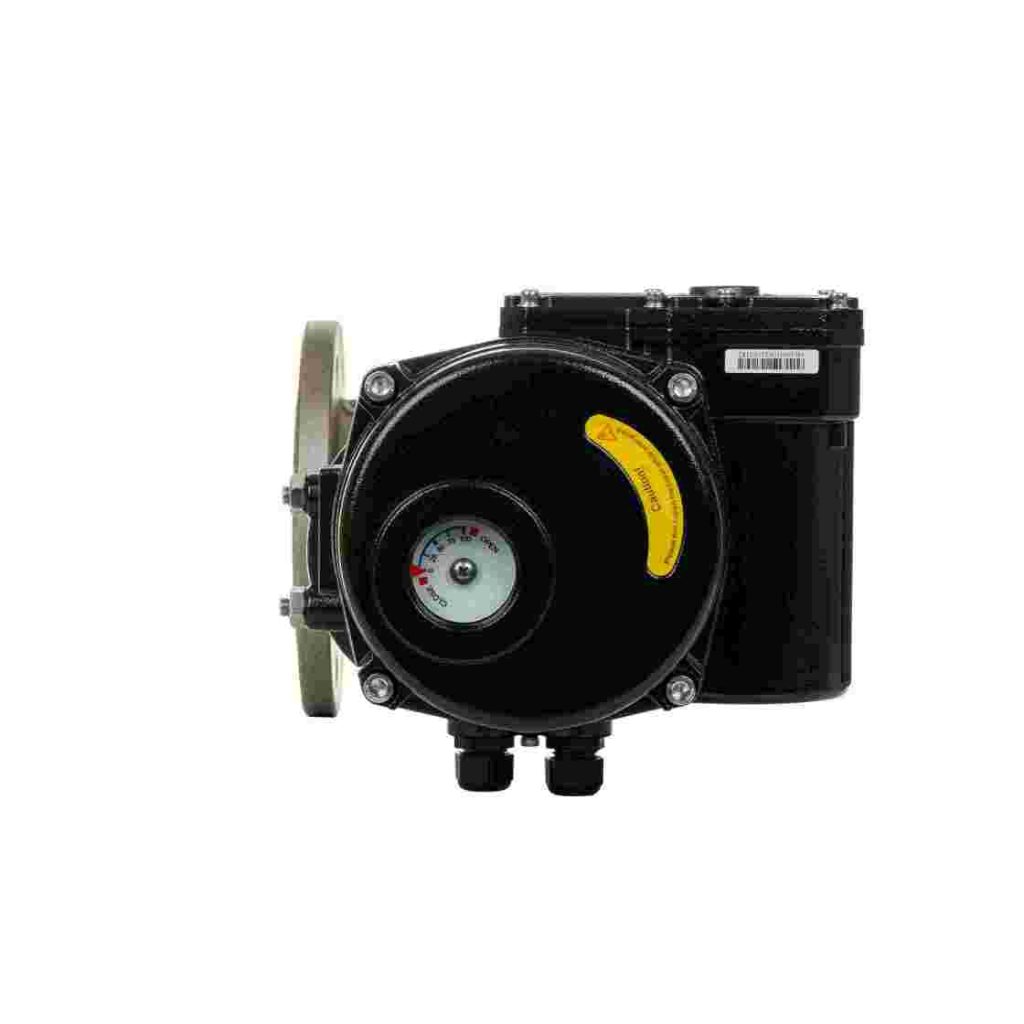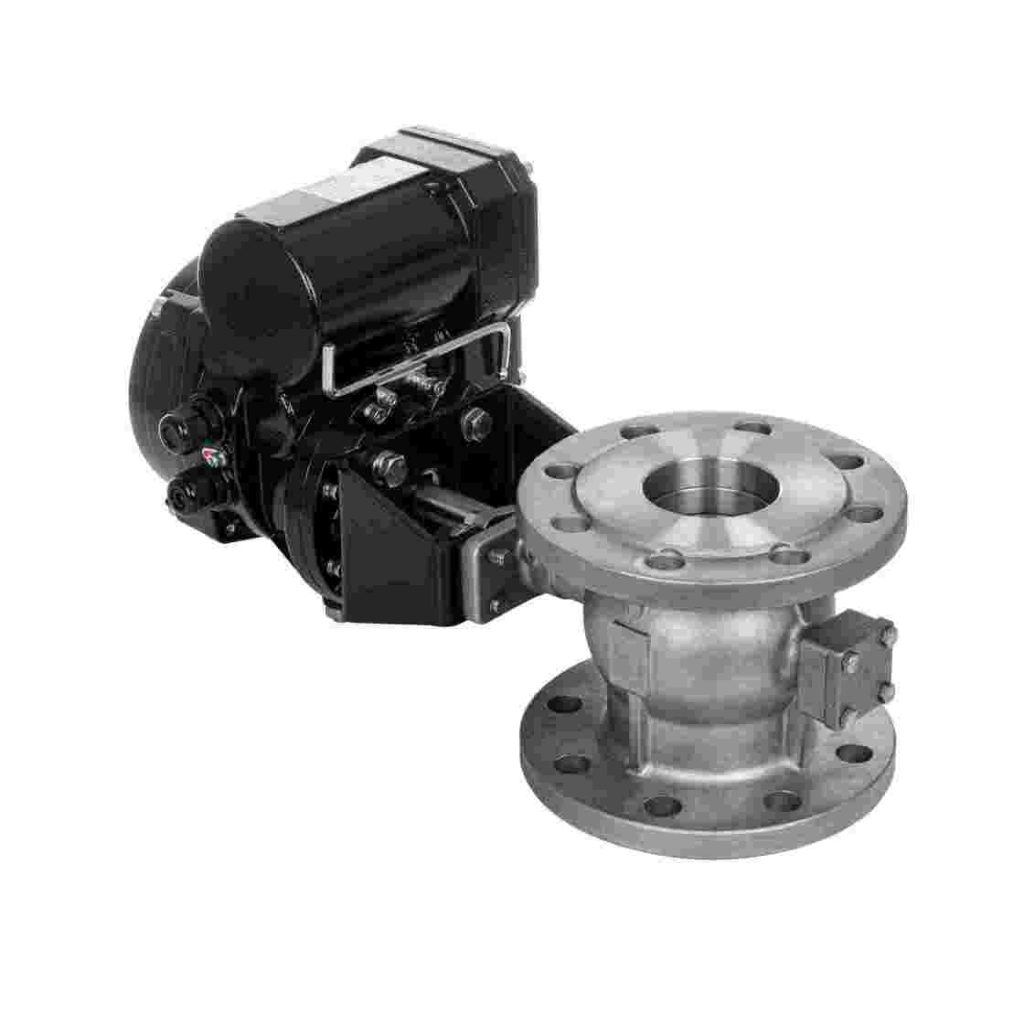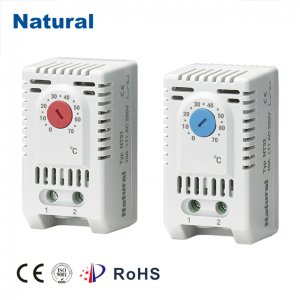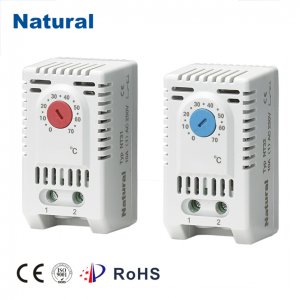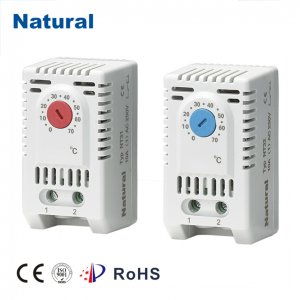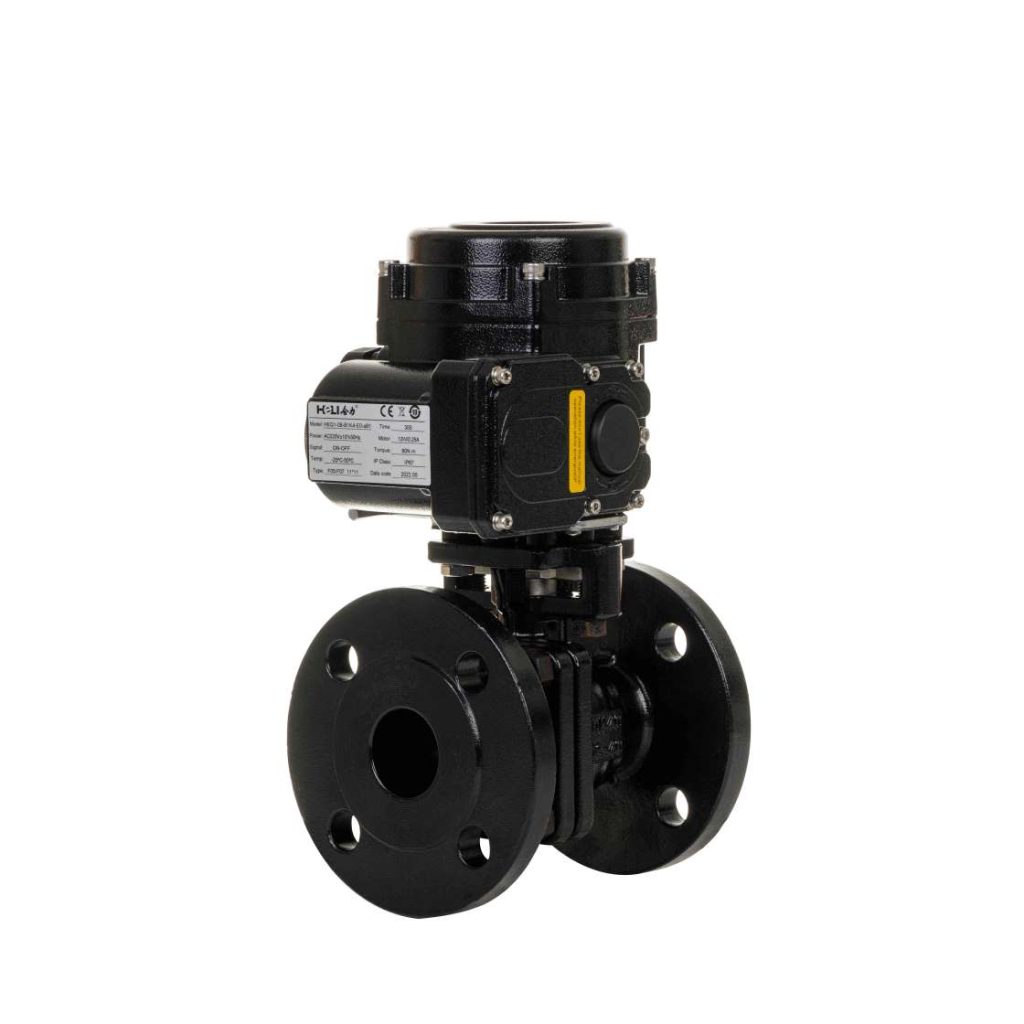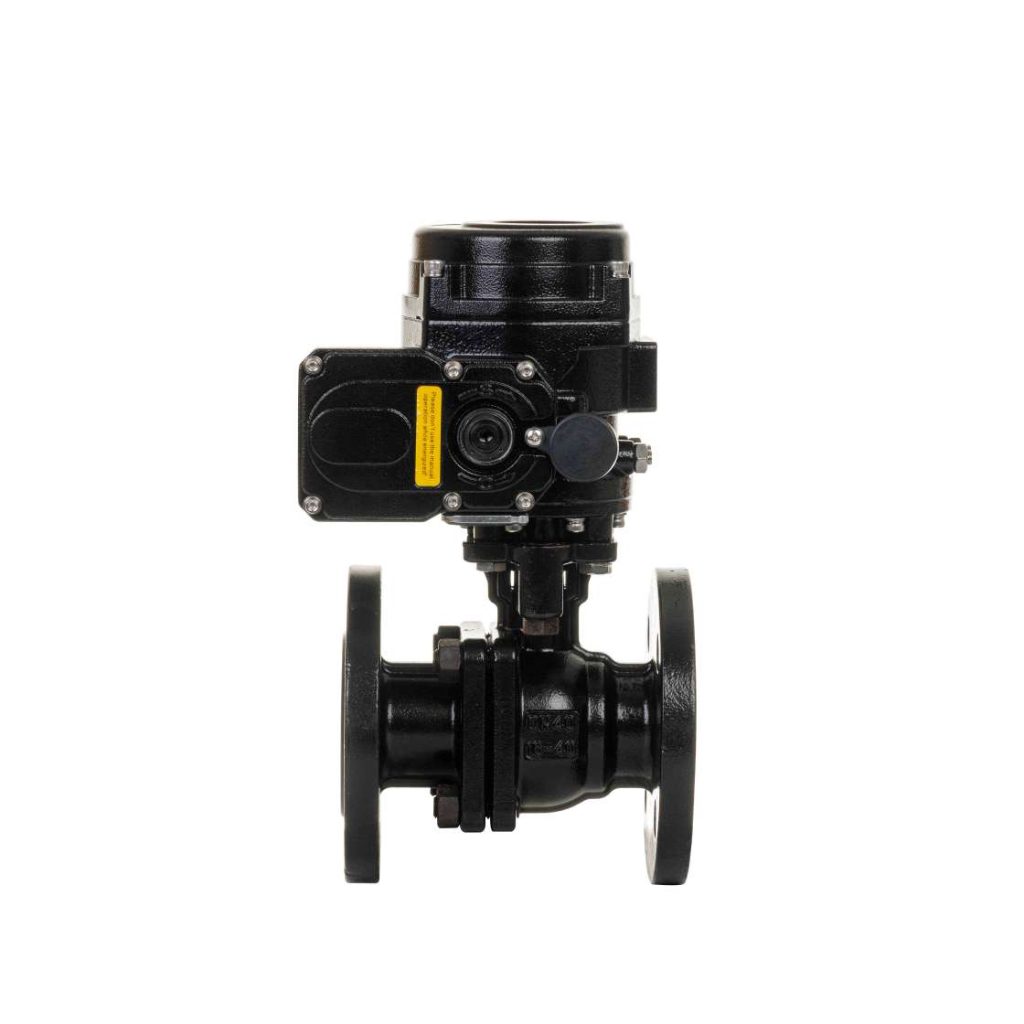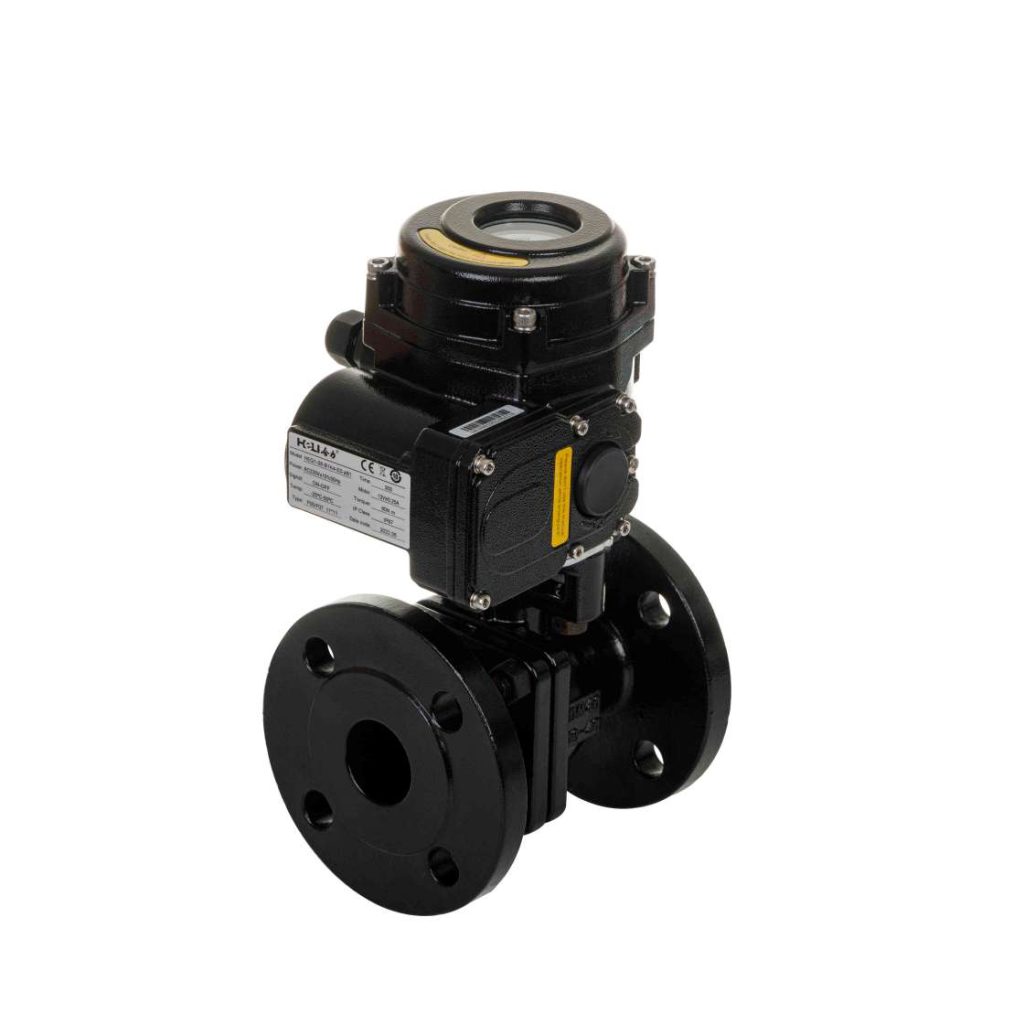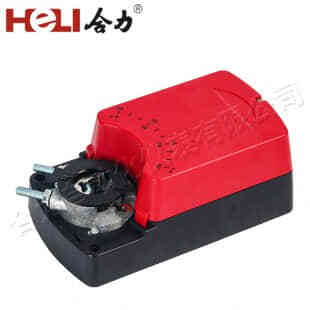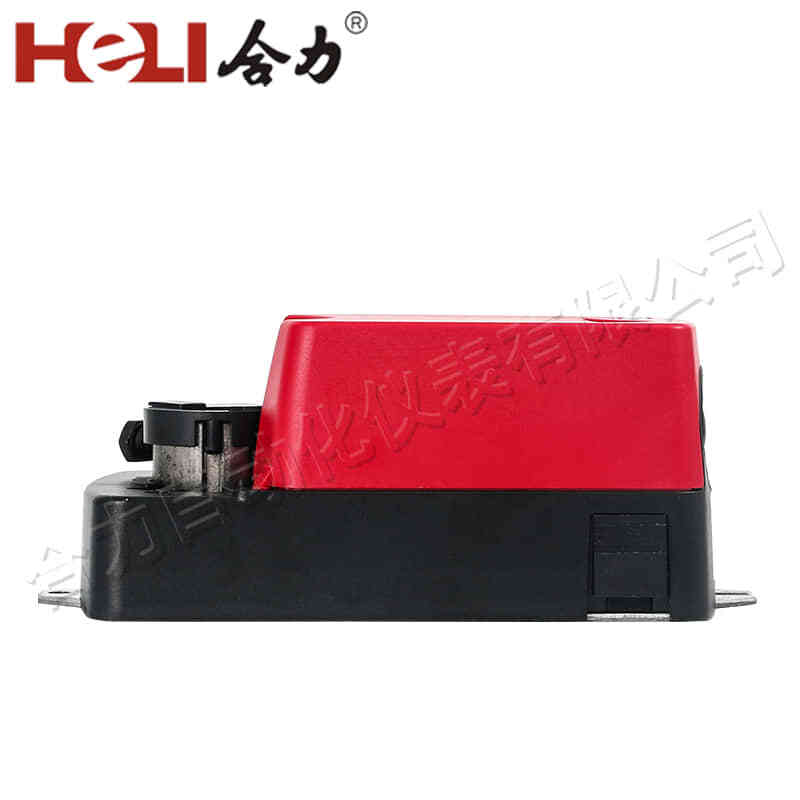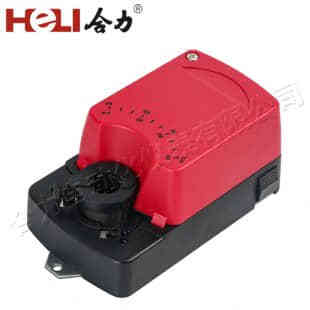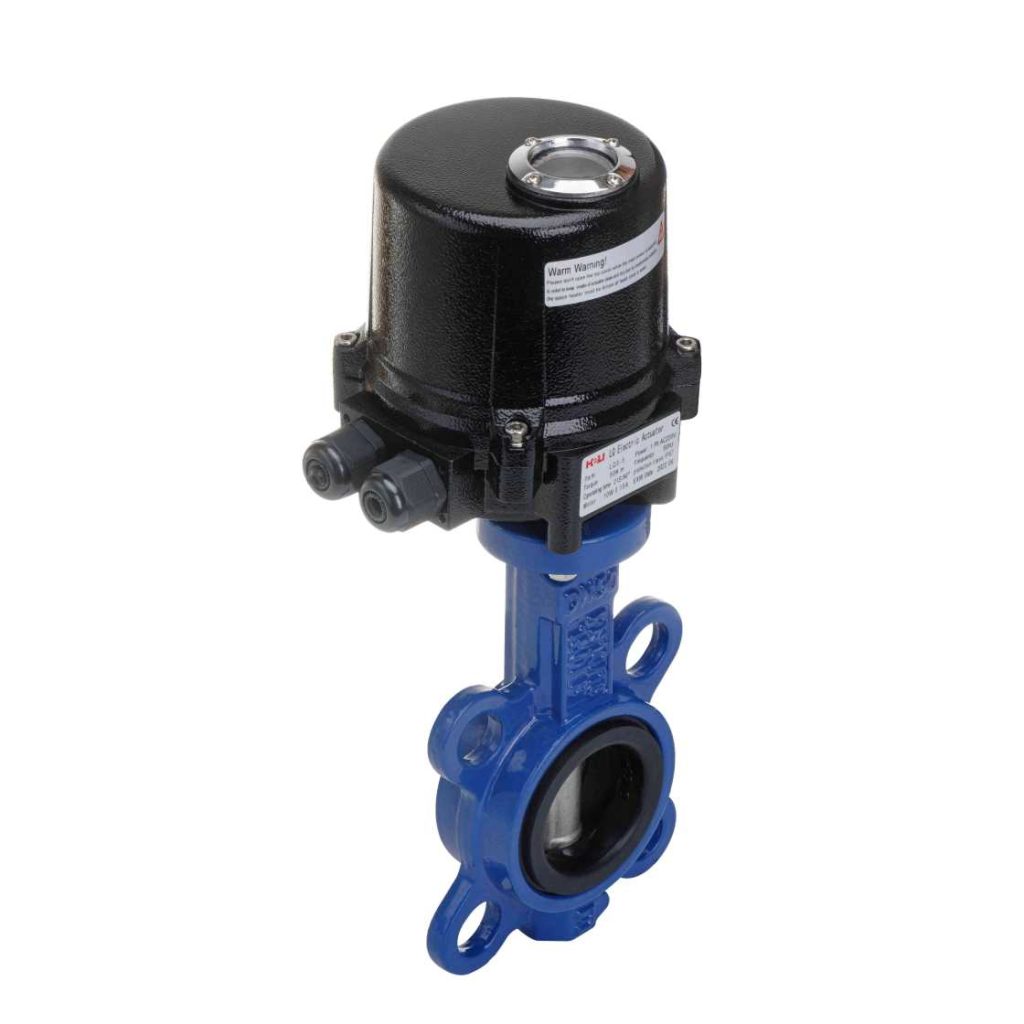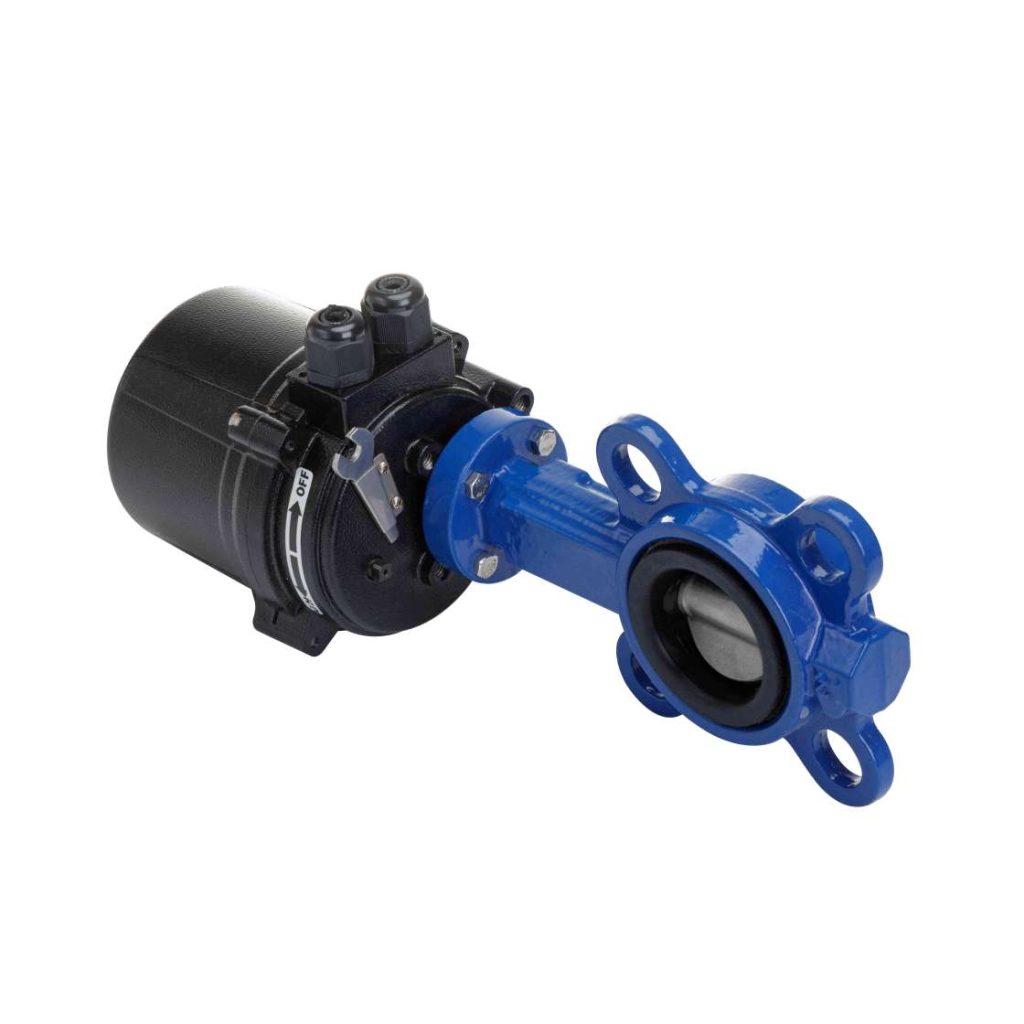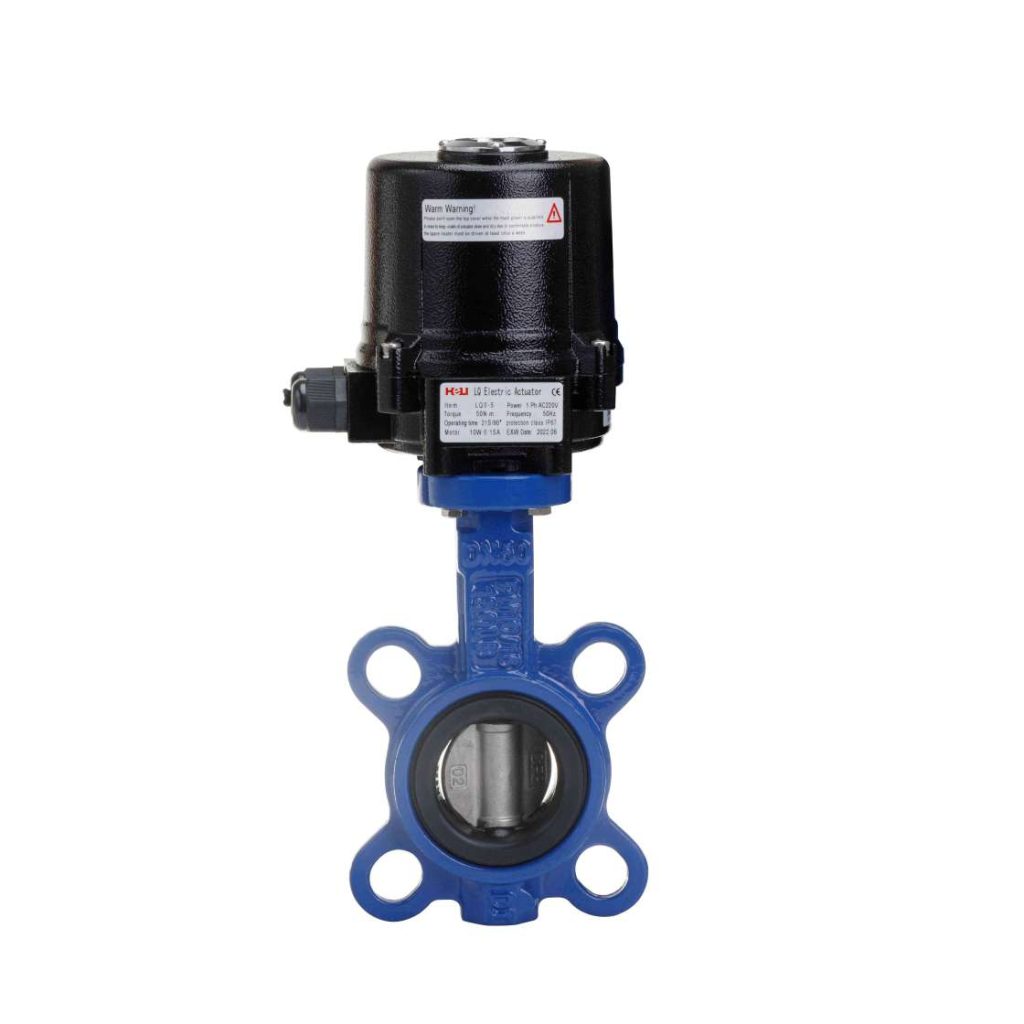Electric globe valves have gained significant popularity in various industries due to their reliability, precision, and efficiency in controlling fluid flow. As the demand for advanced valve solutions continues to rise, the role of electric globe valve manufacturers becomes increasingly crucial in ensuring the production of high-quality, durable, and cost-effective valves. This article explores the importance of electric globe valve manufacturers, their impact on fluid control systems, and the innovations that are shaping the future of these essential components.
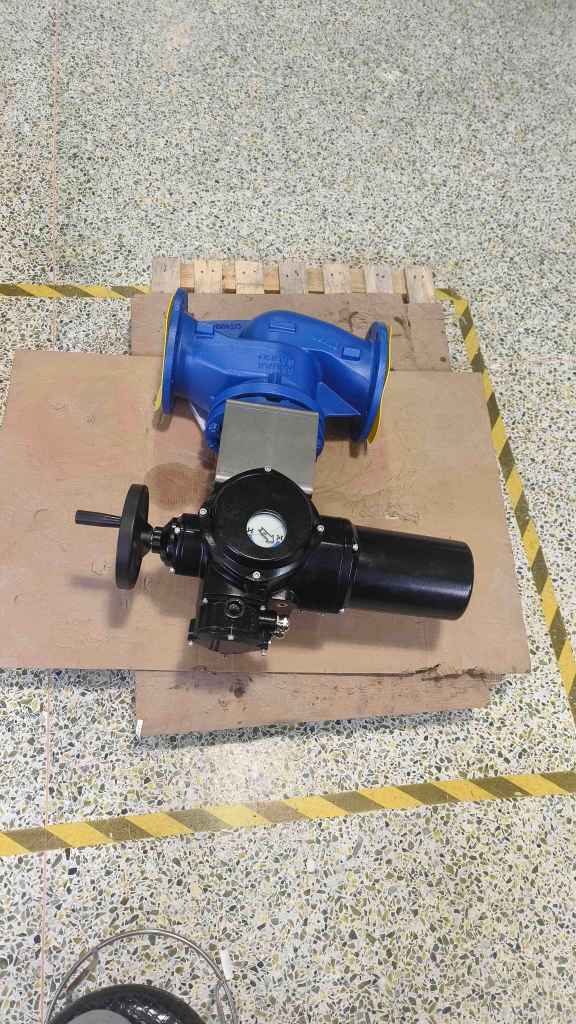
The Role of Electric Globe Valves in Fluid Systems
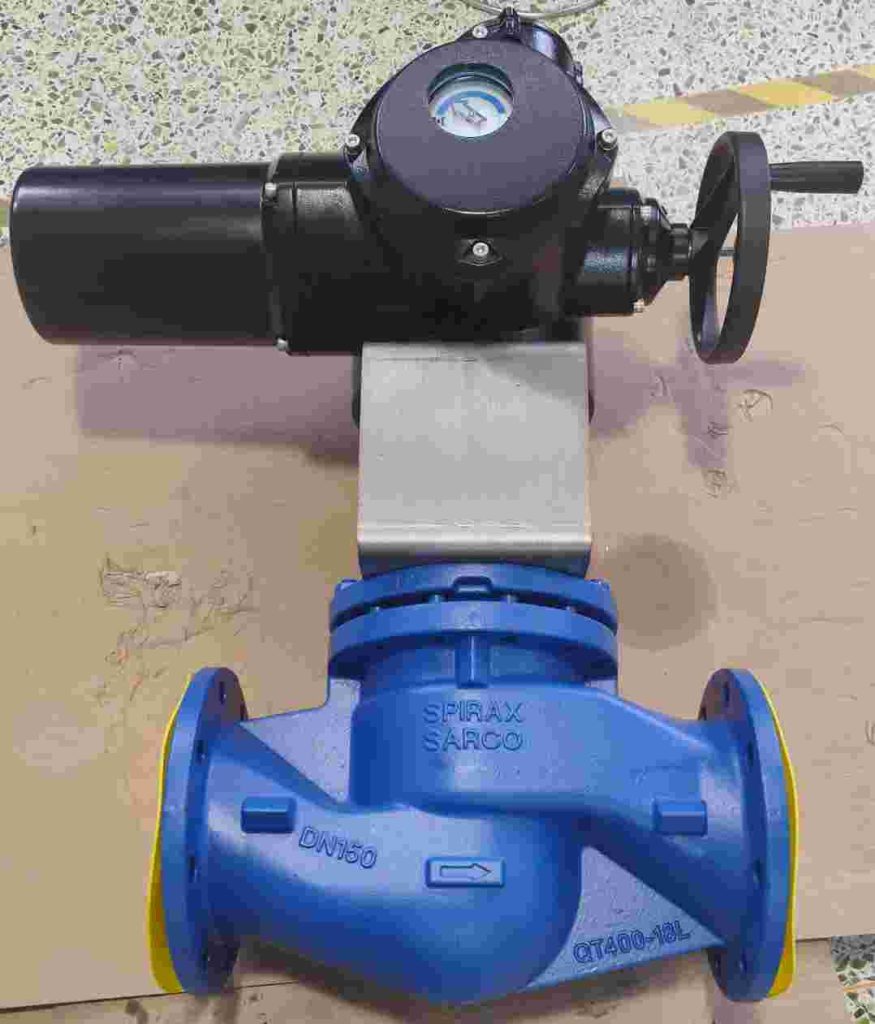
Electric globe valves are mechanical devices used to regulate the flow of fluids through a pipeline by adjusting the position of a disc in response to electrical signals. These valves are known for their precise control over fluid flow, which makes them an ideal choice for applications that require accurate regulation, such as in heating, cooling, water treatment, oil and gas, and chemical processing. The globe valve operates by moving a disc against a seat to control the flow of fluids. Unlike ball valves, which are typically used for on/off control, globe valves offer throttling capabilities, making them more suitable for applications that require fine adjustments in flow rate. The integration of electric actuators allows for automated operation, reducing the need for manual intervention and increasing the efficiency of the system.
